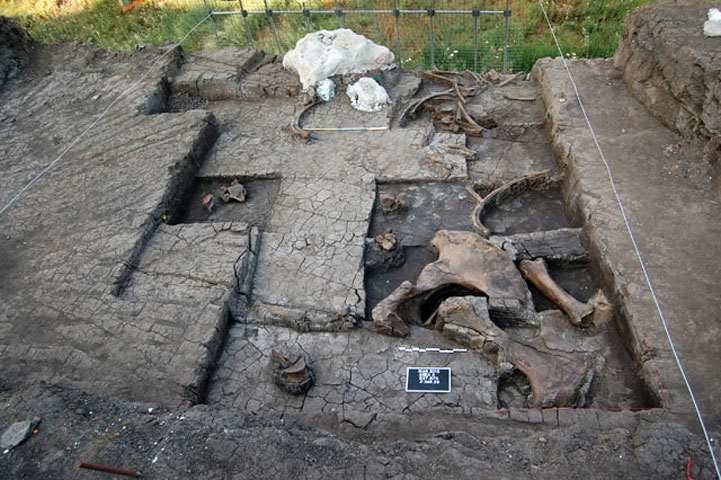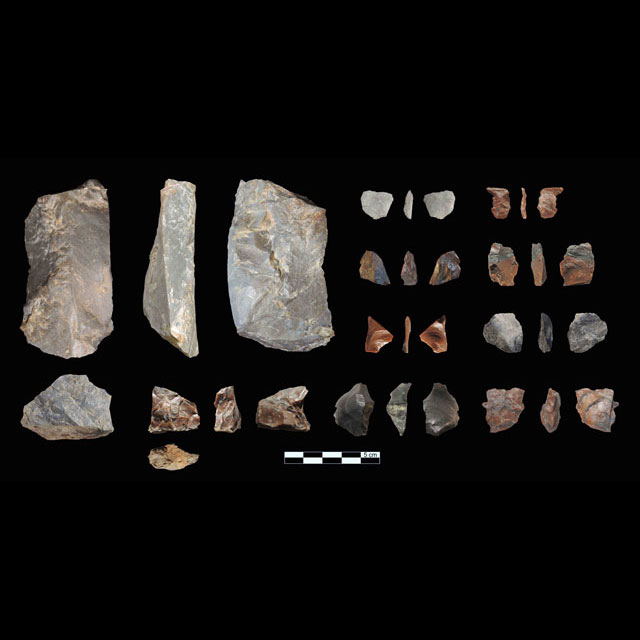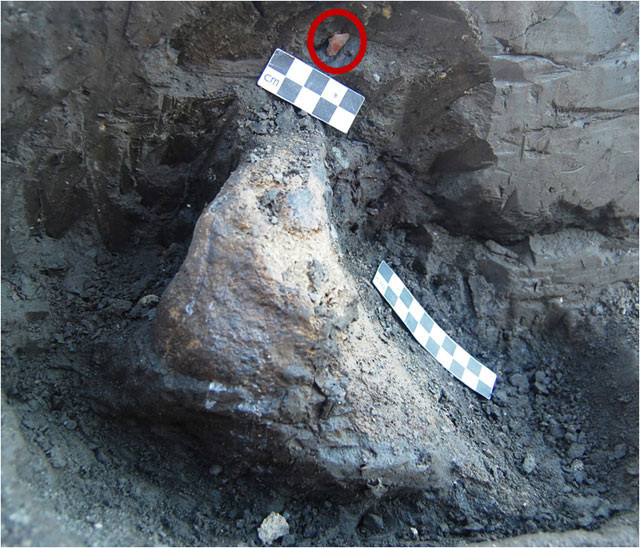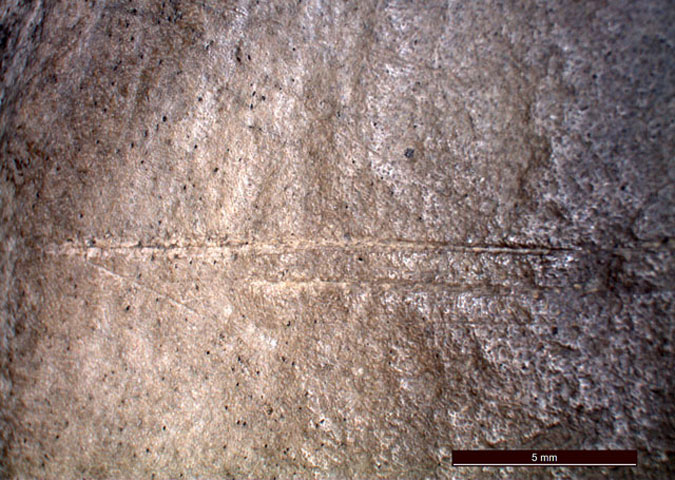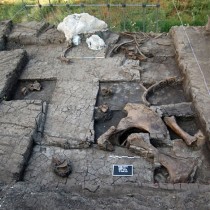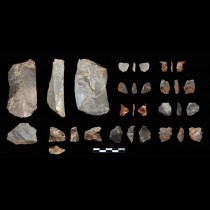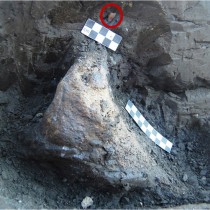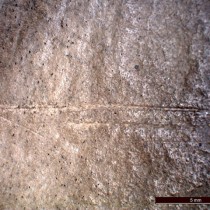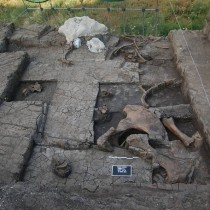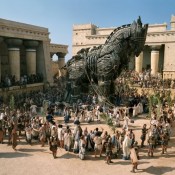An open air archaeological site of the Lower Paleolithic period was located and is being excavated in the coal mining area of the Public Power Corporation S.A. in Megalopoli of Arcadia, Greece. More particular, at the site Marathousa 1, stone artefacts were found, stratified in situ and in relation to elephant bones of the Elephas antiquus species and other mammals, which, according to preliminary dating, have an age of 300,000-600,000 years.
At that time, the site was at the border of a shallow lake, in an area with rich deciduous forest vegetation. The rapid coverage of the archaeological remains by lake sediments has contributed to their astonishing preservation. During the excavations almost the whole skeleton of the elephant was revealed, as well as rich fauna (rodents, birds, amphibians and reptiles) and flora (pieces of wood, fruit etc.). According to the first archaeological data, the Palaeolithic people made stone artefacts at the spot, suitable for skinning and cutting the elephant. Cut marks made by these stone tools were found on many of the elephant bones suggesting that Marathousa 1 is a “butchering site”.
Open air stratified sites of the Lower Palaeolithic are very rare and offer invaluable information about the evolution, the behavior and the living of early men. Marathousa 1 is the only known “butchering site” of elephants in the Balkans and one of the oldest archaeological sites in Greece. It is therefore extremely important for understanding the early Prehistory of Europe.
The systematic excavations are being conducted by the Ephorate of Palaeoanthropology-Speleology, headed by the archaeologist, Dr Eleni Panagopoulou, in collaboration with the palaeoanthropologist Katerina Harvati (Tübingen University) and plenty of scientists of different fields.
